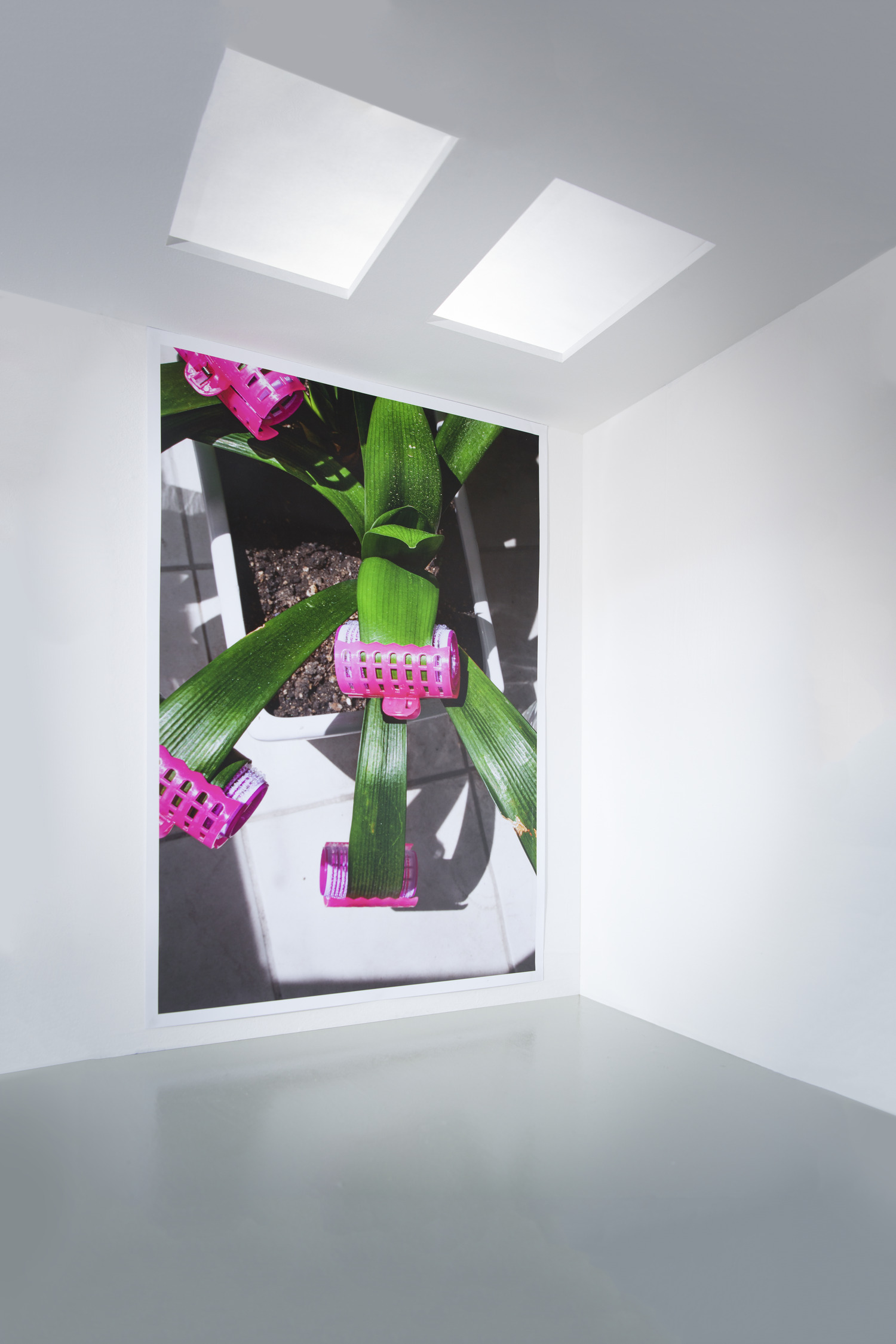Schrödinger’s gallery
︎DE


Schrödinger’s Gallery
My work “Schrödinger’s Gallery” is based on Erwin Schrödinger's famous thought experiment in physics from 1935, which was intended to show a major weakness of the Copenhagen interpretation of quantum mechanics in relation to physical reality.
Here's the hypothesis: A cat was locked in a box with an unstable nucleus that could potentially start to radiate and consequently release poisonous gas.
However, without opening the box, there is no way of knowing for certain when or if this will happen. A paradox arises because, according to Schrödinger, the cat enters a state of superimposition that makes it impossible to say whether it is dead or alive.
In my work, I focus on the “superposition state” which you never know until you “observe”.
I translate this paradox into an artificial gallery. The photo work looks like an exhibition hall. But the exhibition is not real, it is a 1.5 x 1.2 x 1.0 m miniature gallery that can be assembled in three different ways. I installed a few things in it and then took photographs. The photographs appear as if they were taken in a real exhibition hall.
I then uploaded the photos of the “exhibition” to Instagram. However, this exhibition can only be seen digitally on Instagram. But still, this exhibition space is not a virtual space, as it was physically constructed by me.
So this exhibition falls into a state of superimposition, since it exists and does not exist at the same time.
This work is also connected to my current life reality and my livelihood. By photographing the exhibition hall, I worked as a freelance photographer.
After taking the photographs, I edit them in Photoshop. Through this process I erase stains on the wall, switch the color saturation or brightness and try to improve the photos so they look nice on the web.
During the Corona period I saw many virtual exhibitions. And I asked myself the following questions:
What can we really see just by looking at the image on the screen?
And can one trust that these exhibitions are real – or just fake?
If you can also view an exhibition from home, why do you still have to visit an exhibition in person? What does it mean to look at the exhibited works on location?
Through this work arose so many questions related to the current uncertainty caused by the rapid digital development.
This project made me first think about image, picture and reality. And about how close “truth” is to “seeing” and how to trust it.